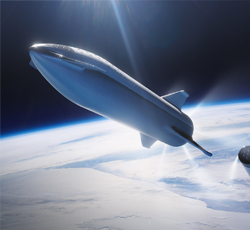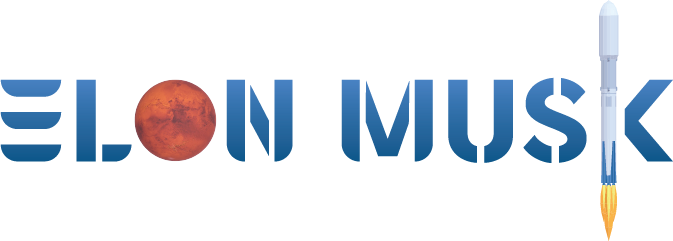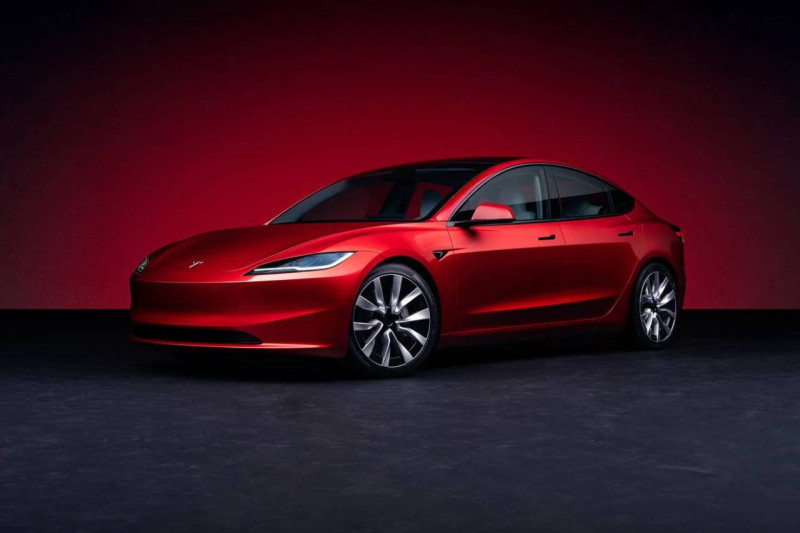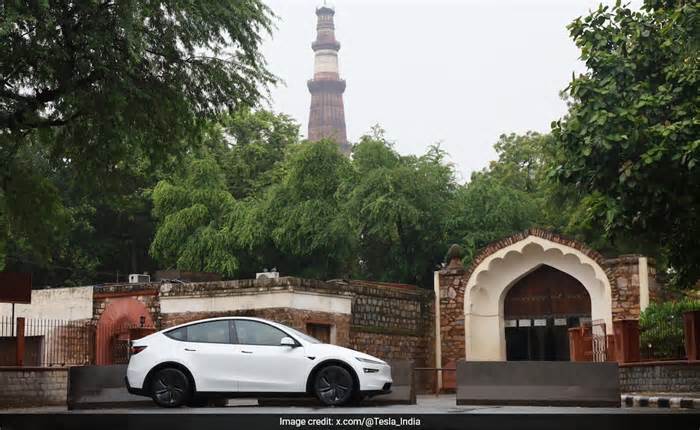
NASA Targeting IMAP Missions in September on a SpaceX Falcon 9 Rocket Launch from Complex 39A at KSC
- by Space Coast Daily
- Aug 09, 2025
- 0 Comments
- 0 Likes Flag 0 Of 5

By Space Coast Daily // August 9, 2025
Observatories preparing to launch to Lagrange point 1, which is a million miles from Earth
Technicians at the Astrotech Space Operations Facility near NASA’s Kennedy Space Center in Florida conduct illumination testing on Friday, July 18, 2025, by flashing a bright light that simulates the Sun into the two-panel solar array that will help power the agency’s IMAP observatory on its upcoming journey to a destination about one million miles away from Earth Lagrange Point 1. (NASA Image by Kim Shiflett)
BREVARD COUNTY • KENNEDY SPACE CENTER, FLORIDA — NASA’s IMAP spacecraft and two other missions, the Carruthers Geocorona Observatory and the National Oceanic and Atmospheric Administration’s Space Weather Follow On Lagrange 1 observatory, will study the heliosphere, a vast magnetic bubble created by the Sun that protects our solar system from radiation incoming from interstellar space.
Carruthers will use its ultraviolet cameras to monitor how material from the Sun impacts the outermost part of Earth’s atmosphere.
The SWFO-L1 mission will observe solar eruptions and monitor incoming space weather 24/7, providing early warnings and validating forecasts that protect vital communication and navigation infrastructure, economic interests, and national security, both on Earth and in space.
NASA is targeting no earlier than September for the launch of these three missions on a SpaceX Falcon 9 rocket from Launch Complex 39A at the agency’s Kennedy Space Center in Brevard County, Florida.
The three observatories are preparing to launch to Lagrange point 1, which lies about a million miles from Earth toward the Sun. There, they will orbit this gravitational balance point, holding a steady position between Earth and the Sun.
NASA’s IMAP will use its 10 instruments to map the heliosphere’s edge and reveal how the Sun accelerates charged particles, filling in essential puzzle pieces to understand the space weather environment across the solar system. The mission’s varied instruments will also provide near-real-time space weather data to scientists on Earth.
The Carruthers observatory will image the glow of ultraviolet light emitted by the uppermost parts of Earth’s atmosphere, called the geocorona, to help researchers understand how conditions in space shape our planet’s atmosphere.
NOAA’s SWFO-L1 will use its suite of instruments to sample the solar wind and interplanetary magnetic field, while its onboard coronagraph will detect coronal mass ejections and other solar events. Together, these real-time observations of space weather enable precautionary actions to protect satellites, power grids, aviation, and communication and navigation technology.
Please first to comment
Related Post
Large Cap Stocks To Follow Today - December 28th
- Dec 28, 2025
Stay Connected
Tweets by elonmuskTo get the latest tweets please make sure you are logged in on X on this browser.






 Energy
Energy



















